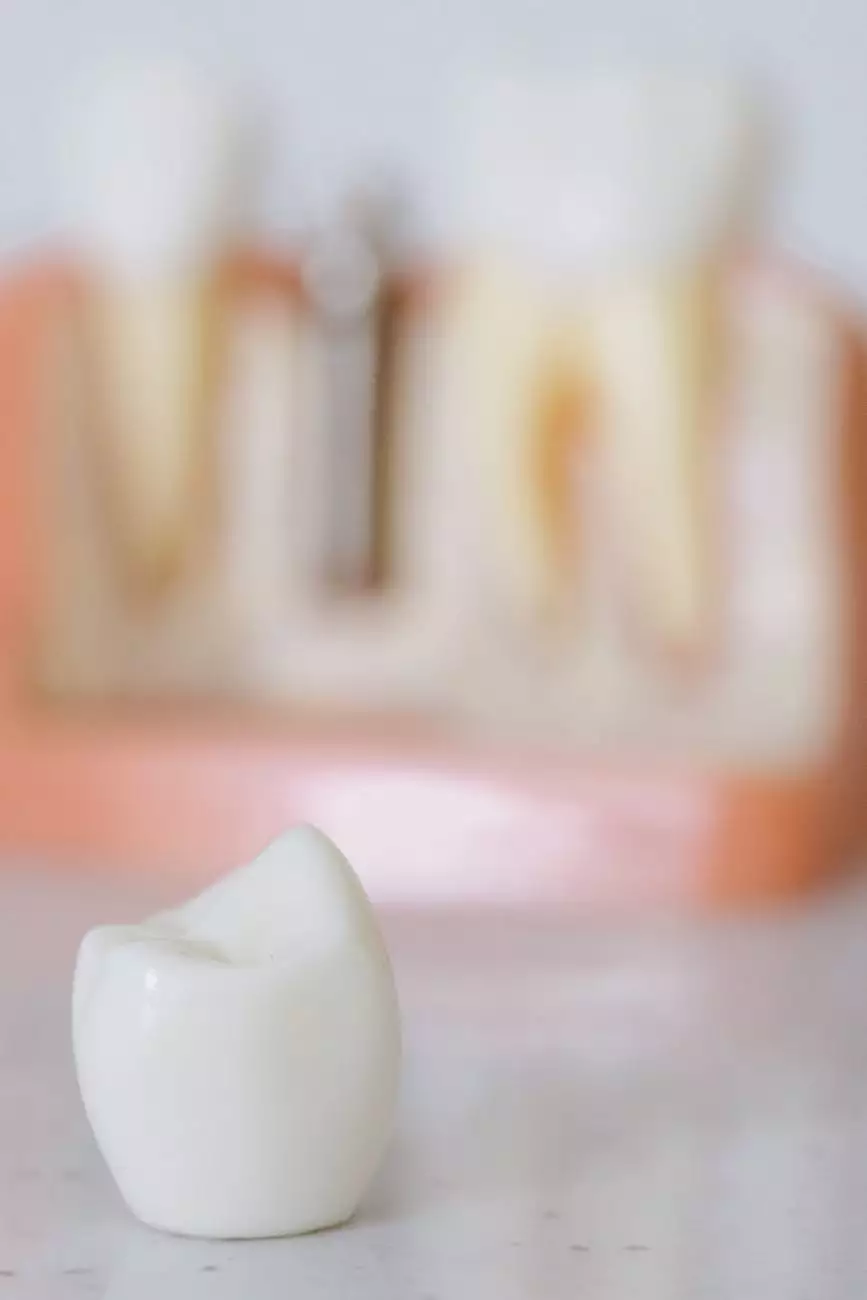Implant Abutment Definition
Prosthodontics
Welcome to Lawrence Dentistry, your trusted source for top-notch dental services in the field of implantology. In this comprehensive guide, we will delve into the definition and importance of dental implant abutments, shedding light on this crucial component of the dental implantation process.
An Introduction to Dental Implant Abutments
Dental implant abutments play a vital role in the successful outcome of dental implant treatment. An implant abutment is essentially a connector that joins the dental implant fixture (the titanium root that integrates with the jawbone) and the prosthetic tooth or restoration. It functions as the intermediary component, providing stability and support for the final dental crown, bridge, or denture.
The Importance of Implant Abutments
Implant abutments are not just a mere connector; they serve several crucial functions that contribute to the overall success and long-term stability of dental implants:
1. Connective Support
The abutment acts as the connecting point between the implant fixture and the final dental restoration. It ensures a secure and stable attachment, preventing any movement or displacement of the prosthetic tooth.
2. Load Distribution
Implant abutments distribute the chewing forces evenly across the implant, promoting efficient bite functionality and preventing excessive stress on any particular area. This helps enhance the longevity of both the implant and the prosthetic restoration.
3. Esthetic Considerations
The shape and positioning of the abutment greatly influence the esthetics of the final dental restoration. By selecting an abutment that harmonizes with the surrounding natural teeth, our skilled dentists at Lawrence Dentistry ensure seamless integration, resulting in a beautiful, natural-looking smile.
4. Soft Tissue Adaptation
Implant abutments play a crucial role in providing optimal soft tissue adaptation around the implant site. The correct choice of abutment contours and emergence profiles helps to maintain healthy gum tissue and prevent issues such as inflammation or recession around the implant.
5. Customization for Patient's Unique Needs
Each patient's case is unique, with specific anatomical considerations and desired outcomes. Implant abutments allow for customization and personalized solutions to meet individual patient needs, ensuring optimal function, comfort, and aesthetics.
Types of Implant Abutments
At Lawrence Dentistry, we offer a range of implant abutments to cater to various implant cases and patient requirements:
1. Stock Abutments
Stock abutments are prefabricated abutments that come in standard shapes and sizes. They offer a cost-effective solution for straightforward implant cases and can be readily available for immediate use.
2. Custom Abutments
Custom abutments are specifically designed and fabricated for each patient's unique requirements. These abutments provide greater flexibility in terms of shape, size, and angulation, ensuring an ideal fit and optimal esthetics.
3. Angulated Abutments
Angulated abutments are used when the angle between the implant and the desired prosthetic restoration is not parallel. These abutments allow for proper alignment of the final restoration, enhancing both function and appearance.
4. Temporary Abutments
Temporary abutments are utilized during the healing period after implant placement, providing a temporary attachment for a provisional restoration. These abutments aid in maintaining proper tissue contour and support while the permanent prosthesis is being fabricated.
The Implant Abutment Placement Process
The process of placing an implant abutment typically involves several steps:
1. Uncovering the Implant
After the initial implant placement and the necessary healing time, the implant site is reopened to expose the implant fixture.
2. Impression Taking
An accurate impression is taken of the implant to create a model that will guide the fabrication of the customized abutment.
3. Custom Abutment Design and Fabrication
Based on the patient's specific requirements and the desired outcome, a custom abutment is designed and fabricated to ensure an ideal fit and optimal esthetics.
4. Abutment Placement and Adjustment
The abutment is carefully positioned onto the implant fixture, ensuring proper alignment and fit. It may require adjustments to achieve the ideal emergence profile and soft tissue adaptation.
5. Final Restoration Placement
After the abutment is securely in place, the final restoration, such as a crown, bridge, or denture, is attached to the abutment, completing the dental implant treatment.
Conclusion
Implant abutments are the crucial link between dental implant fixtures and prosthetic restorations, ensuring stability, functionality, and esthetics. Lawrence Dentistry, the trusted name in high-quality dental services, specializes in implantology and provides comprehensive solutions tailored to each patient's unique needs. If you are considering dental implants or have any questions about implant abutments, schedule a consultation with our experienced team to discover the transformative benefits of this innovative dental solution.









